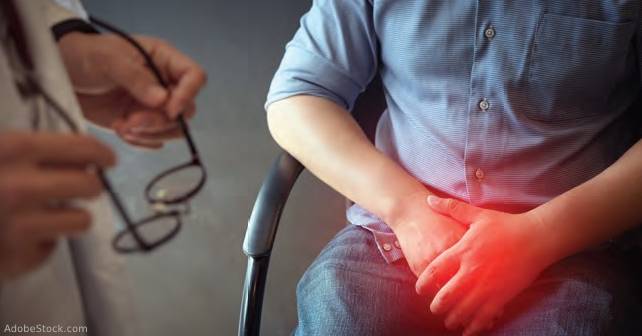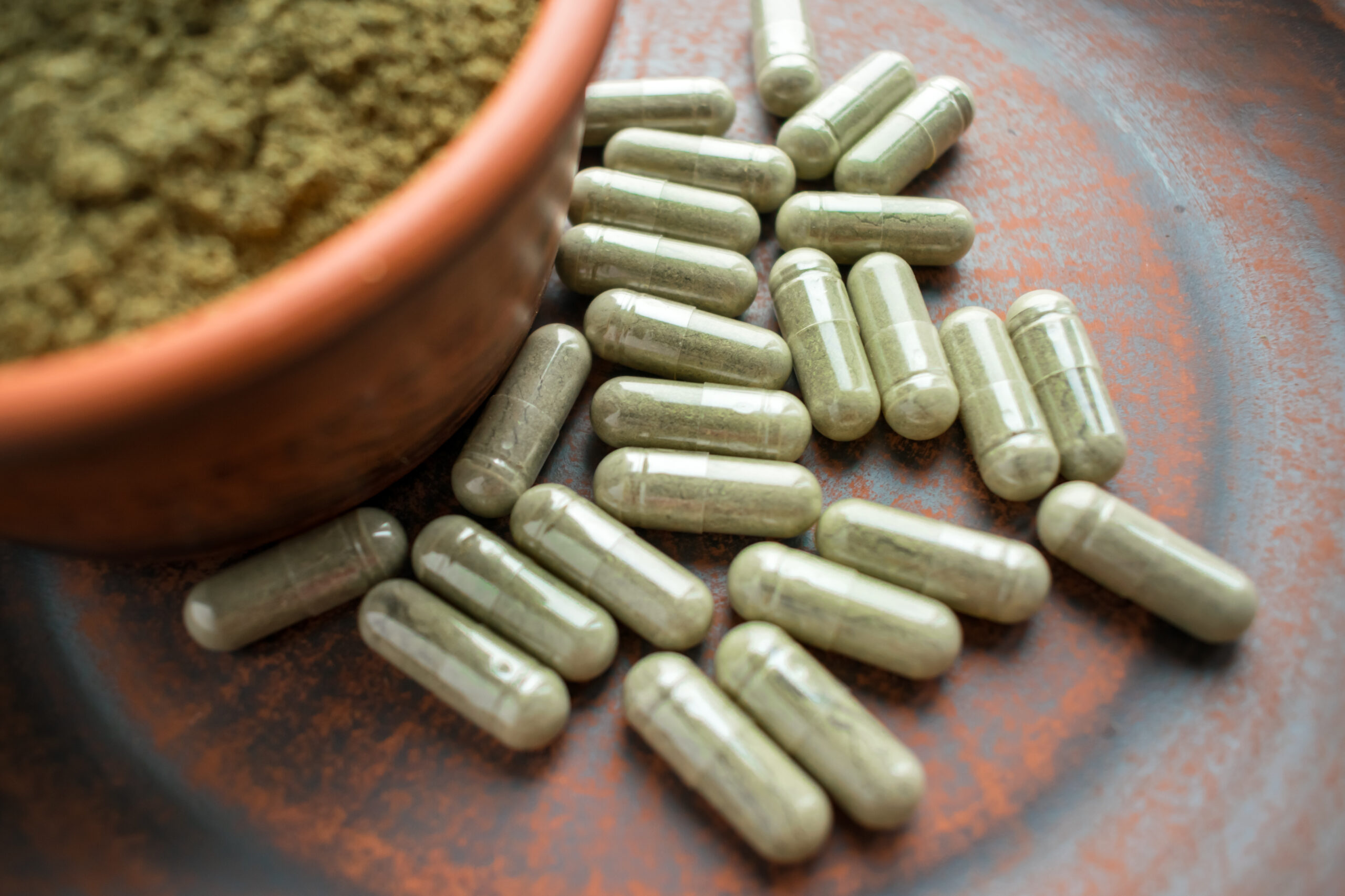
Case
A 74-year-old man presents with five days of fever and urinary incontinence. He has a history of diabetes mellitus type 2. Vital signs are: blood pressure, 117/68; heart rate, 89; resting heart rate, 16; temperature, 37.7 degrees C (99.9 degrees F). On physical examination, he is confused and incoherent. What is the best management of this condition?
Explore This Issue
ACEP Now: Vol 43 – No 01 – January 2024Acute urinary retention (AUR) is generally defined as a “painful, palpable, or percussable bladder, when the patient is unable to pass any urine.”1 It is typically seen in males older than 60 years and has a significantly higher incidence in men with benign prostatic hyperplasia.2
However, AUR presenting simultaneously with fever is a particularly concerning presentation, due to a number of rare and severe etiologies. While AUR may occur due to obstruction, infectious etiologies, trauma, surgical complications, multiple drug interactions, neurogenic etiologies, and miscellaneous causes such as severe constipation, the simultaneous presentation of AUR and fever in the ED presents a narrower differential.2-4
Prostatitis
Infectious etiologies may cause fever and urinary retention. Acute prostatitis, presenting with fever, back pain, perineal pain, and rectal pain, may be a cause of AUR and fever.5 Although not all males will develop the acute form, up to 50 percent will “develop some form of prostatitis during their lifetime,” and in males presenting with fever and urinary symptoms, prostatitis is the underlying condition in more than 90 percent of cases “in the absence of pyelonephritis symptoms.”6-7 Typically caused by gram-negative bacteria, Escherichia coli is “the predominant organism in acute prostatitis and occurs in 75 percent of all cases.”6 Some studies estimate that E. coli is the causative organism in up to 80 percent of all cases.7
Diagnosis of acute prostatitis is made through the patient’s clinical presentation and through the presence of bacteria in urine analysis.6 Rectal examination should be performed only cautiously—prostate massage “can release bacteria and inflammatory cytokines, triggering an abrupt clinical decompensation.”7 Postvoid residual urine volume and levels of prostate-specific antigen are useful for diagnostic purposes, as well as possible CT scan or ultrasound to evaluate for an enlarged and inflamed prostate.7
For immediate relief of the patient’s AUR, catheterization should be performed.7 Most cases of acute prostatitis respond well to oral antimicrobials, due to the relatively easy penetration of the prostate’s cellular membrane in an acute inflammatory reaction. While therapy should be specifically tailored to the organism responsible, medications such as trimethoprim/sulfamethoxazole and/or fluoroquinolones are often therapeutically successful, provided that the length of therapy is prolonged (four to six weeks).6 Repeat urine cultures during the patient’s treatment course should be performed to ensure that the causative organisms are thoroughly eliminated.7
Pages: 1 2 3 4 | Single Page





No Responses to “Case Report: Acute Urinary Retention and Fever in a Man”